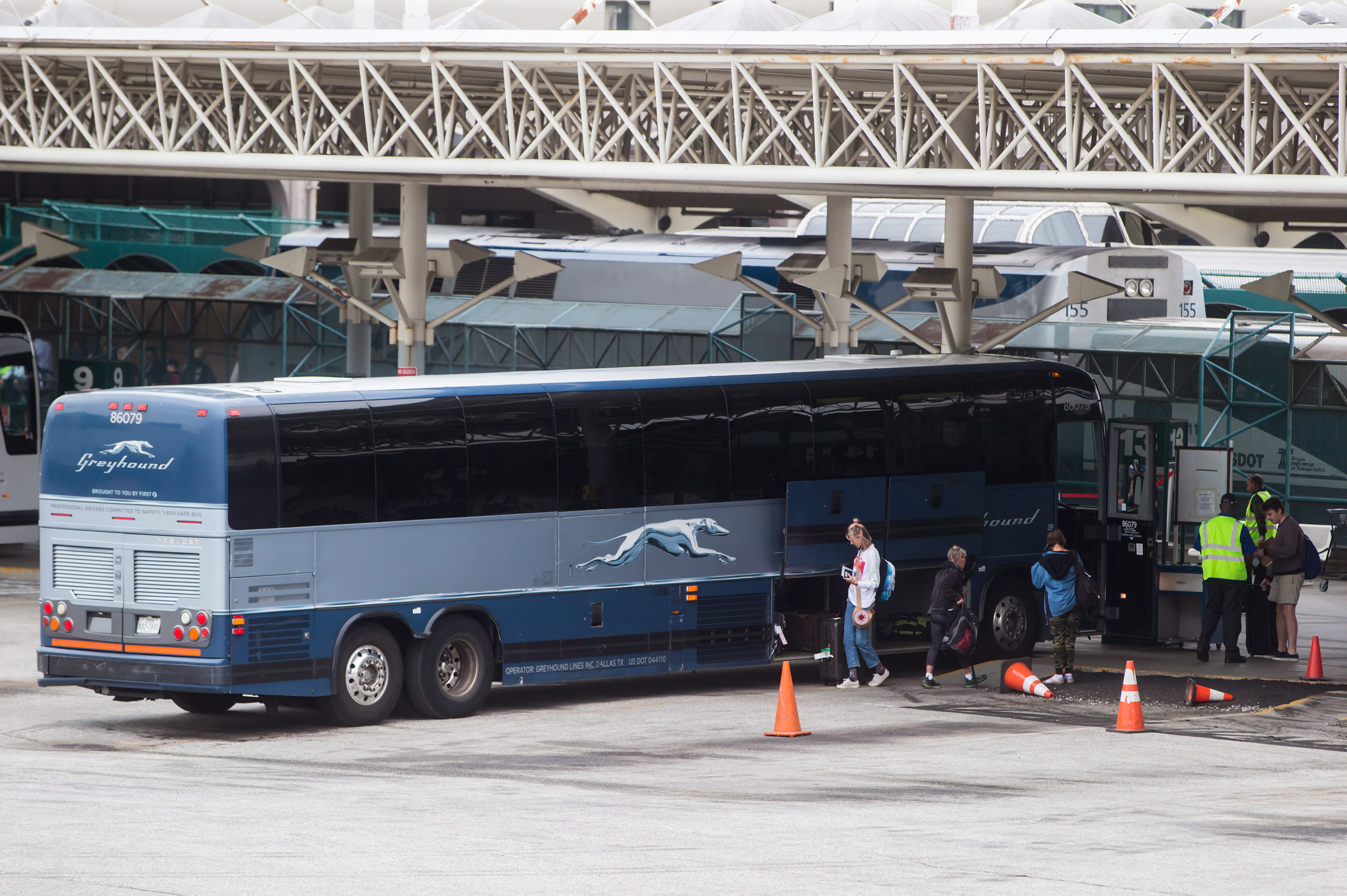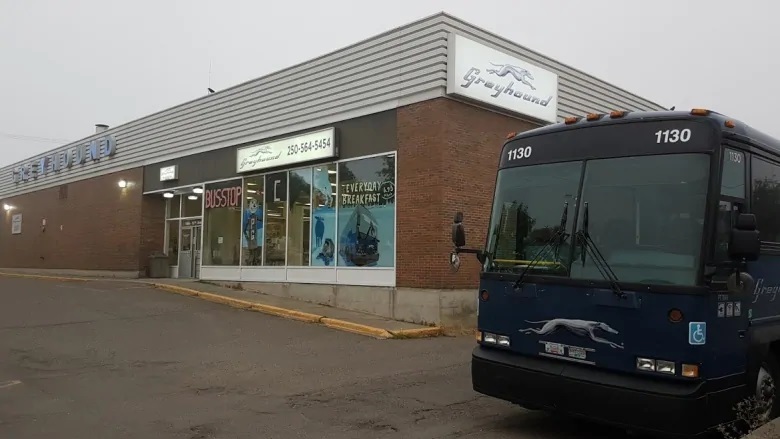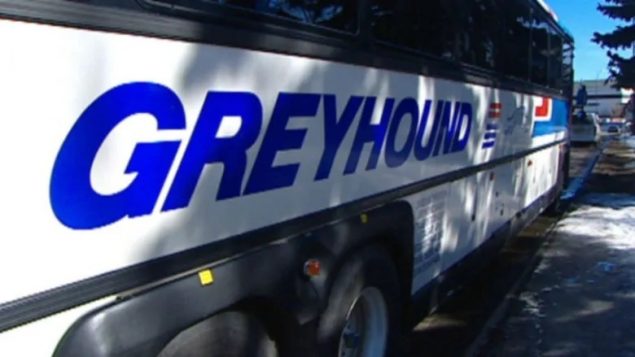Greyhound buses hold a special place in North American cultural history.
They’ve been a subject of songs, a venue for romance, a mechanical magic carpet hauling young and old closer to their dreams.
Greyhound’s slogan: “Take the bus and leave the driving to us.”

Greyhound passengers put their luggage on a the bus before departing from Vancouver, on Monday July 9, 2018. As of Wednesday, Ontario and Quebec will be the only regions where the familiar running-dog logo will continue to grace Canadian highways unless you’re in Vancouver and bound for Seattle. (CP/Darryl Dyck)
And people did.
No more, at least in Western Canada.
Greyhound announced in July that it was ending all service in northern Ontario, Manitoba, Alberta and British Columbia, except for a Vancouver-Seattle run.
“Despite best efforts over several years, ridership had dropped nearly 41 per cent across the country since 2010 within a changing and increasingly challenging transportation environment, ” the company said.
“Simply put, we can no longer operate unsustainable routes.”
For the past several days, across a wide swath of land, the last buses have made their final stops in cities and towns across the West.
Their final trips took place Wednesday.
The gap will be felt, especially in small towns.

Small towns across the West will be especially hard hit by Greyhound’s exit. (Andrew Kurjata/CBC)
Greyhound had 360 stops in Western Canada. For 300 of those stops, it was the only service.
Smaller, regional competitors will try to fill the gap, but running a bus company these days is a tough slog.
“A bus is not like a retail store where they can hold the product until you buy it,” says Garland Chow, director of the Bureau of Intelligent Transportation Systems and Freight Security at the University of British Columbia’s Sauder School of Business in Vancouver.
“When the bus is ready to go, people get on it and it pulls out of the station, whether its sold all the seats or not.”
Chow calls it the “Uber effect.”
“People have expectations,” he says.
“They want to travel at the time they want–in the morning or in the afternoon, but with buses it only pays to do one a day or perhaps two.
Author, journalist and broadcast personality Bruce Dowbiggin, who also hosts his own website, has been on a few buses in his time.
He also lives in Calgary, the city many say is the heart of the Canadian West.
I spoke by phone with him Wednesday at his home.







For reasons beyond our control, and for an undetermined period of time, our comment section is now closed. However, our social networks remain open to your contributions.